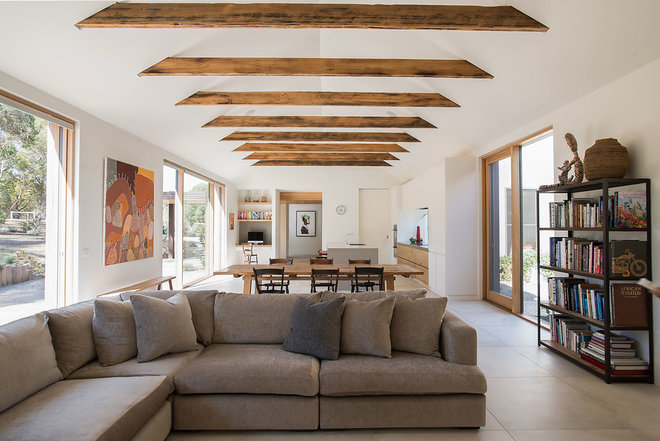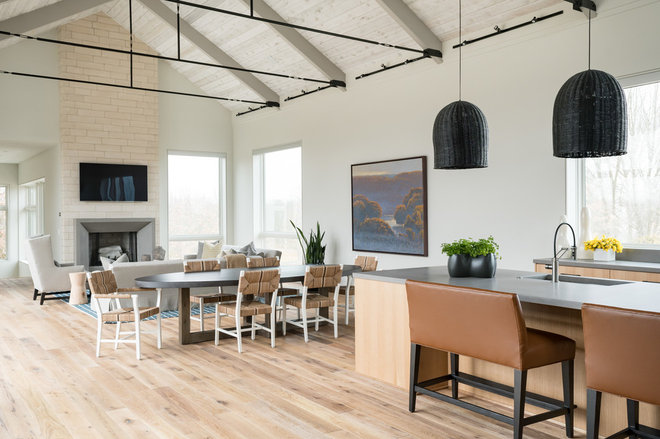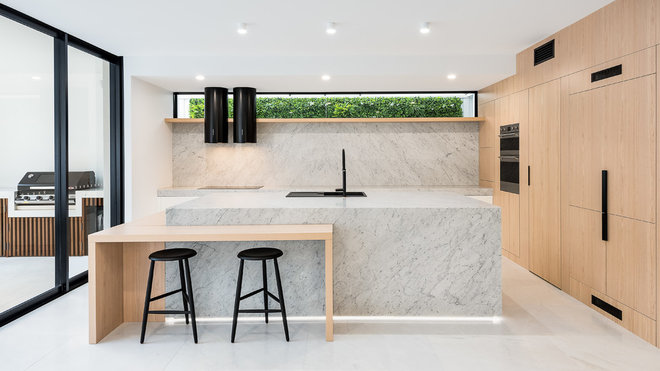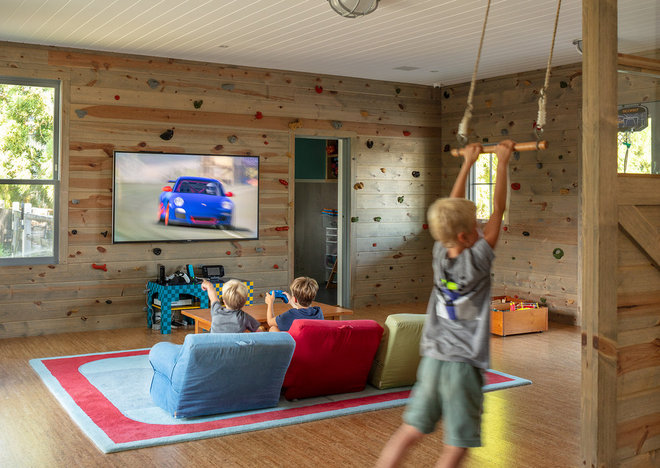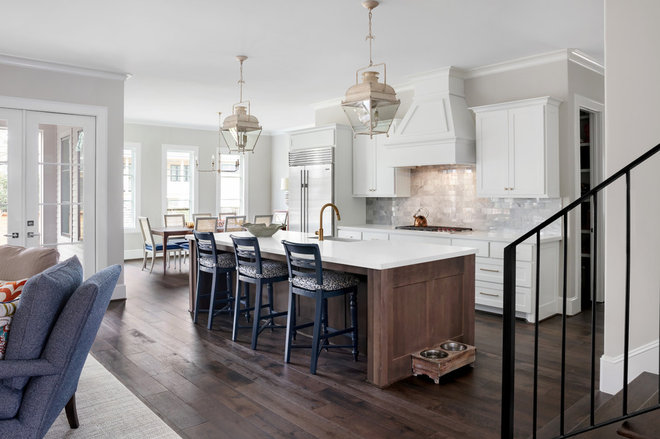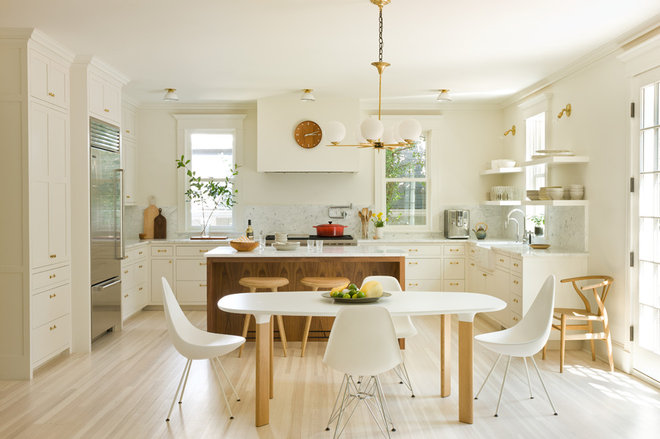From Our Homeowner’s Workbook: How to Remodel Your Bathroom
Location: Los Angeles
Cost: About $15,000
Designer: Carlos Forteza of CCForteza
BEFORE: Everything in Carlos Forteza’s house was in good shape but “frozen in the 1970s,” he says. In this hall bathroom, vinyl covered almost everything, while an unnecessary “wing” wall made the space feel too compartmentalized.
Forteza replaced the plumbing, electrical and insulation, things he always recommends for homes built in the 1940s and ’50s. “These homes have seen their time,” he says. “Ninety-five percent of the time when you gut out, you will see dry rot, termite-infested wood — you want to fix that. Putting new tile down won’t fix what’s wrong inside the walls.”
But while newer homes won’t have these kinds of problems, Forteza says you should be wary of past remodel projects too. “You never know what quality a previous homeowner instituted,” he says. In other words, always build a 10 to 20 percent contingency into your budget, no matter what the size of your bathroom.
Wall tile: Carrara marble, 4 by 12 inches; floor tile: Carrara marble, 12 by 12 inches; sink: Stinson undermount in white (442007-U-0), Sterling, Kohler; faucet: Grandera widespread low spout lavatory (20418000), Grohe; bathtub: Villager in white, 32 by 60 inches, Kohler; tub spout: Grandera, 9¼ inches, Grohe; thermostat trim with diverter: Metris C in chrome (15753001), Hansgrohe; showerhead: Movario 5 (28444000), Grohe
Browse vanities, lighting and tile
Vanity: maple, custom; vanity color: Gray (2121-10), Benjamin Moore; toilet: Dual Force in white (402086-0), Sterling by Kohler; wall color: Cold Wind (DE6351), flat, Dunn-Edwards; countertop: Frost White, Caesarstone
See more ways to lay out an 8-by-5 bathroom
Walls moved: No, but one nonstructural half-wall was removed.
Plumbing moved: Yes. Everything was reconfigured. The shower head switched walls, and the sink plumbing was rerouted from the wall up through the floor.
Plumbing replaced: Yes, and electrical
Professionals hired: Forteza acted as designer and builder.
Special features: Frameless glass without door. “It makes it look nice and clean,” Forteza says.
Splurges: Plumbing fixtures and custom cabinets. “Try to splurge and be happy,” Forteza says. “The difference between a Home Depot cabinet and a custom cabinet is not going to cost your mortgage. You’re going to be looking at it every single day. You might as well save up more and be happy with it.”
Savings: Off-the-shelf tile from a big-box store. “I usually buy tiles from a special tile supplier, but I saw this for a bargain price and bought a bunch,” he says. He also saved on design and building fees by doing the work himself. ♦︎
Find a bathroom designer
Location: Brooklyn, New York
Cost: $20,000
Designer: Julia Mack of Julia Mack Design
BEFORE: This bathroom featured standard yellow tile with white trim, remnants from the day it was installed in the 1950s. Not quite fitting for a homeowner who travels frequently and enjoys staying in European-style luxury hotels with spa-like bathrooms.
The glossy white tile features a subtle horizontal stripe, and Mack thought this would look good paired with small matte black tile installed in a herringbone pattern on the floor. “Once these two items were finalized, I knew that the large pearl inlaid mirror was imperative,” Mack says. “It adds a modern quality plus some needed pattern and interest to the white space.”
Walls moved: No
Plumbing moved: No
Plumbing replaced: Yes
Professionals hired: Donald Meta (contractor), Julia Mack of Julia Mack Design (interior design)
Special features: A new glass shower enclosure that visually expands the space
Splurges: Tiled shower niche with two tiled shelves
Savings: Mack kept the existing lighting and bought an inexpensive sink cabinet from Ikea.
Wall-mounted vanity: Godmorgon/Odensvik, Ikea; wall and floor tile: Porcelanosa; faucet and glass shower enclosure: Porcelanosa; toilet and bathtub: Duravit; mirror: charcoal mother of pearl, ABC Carpet and Home ♦︎
Location: Central Park West, New York City
Cost: About $12,000 (for materials only; not including demolition, labor, paint or design fees, as this was part of a whole-house renovation)
Designer: Sharon Pett of Pett & Associates
BEFORE: Built in 1959, the bathroom still featured the same ceramic tile with stuck-on soap dishes and an ineffective shower door. A pedestal sink lacked storage, and there were no niches to make up for it.
The owners had been living in this Central Park West condo for 25 years and were tired of the way the bathroom looked.
Vanity: Furniture Guild; sink: undermount, Kohler; countertop: Caesarstone; faucet, toilet and towel bar: Toto; shower head, arm and body spray: Kohler; medicine cabinet and shower door enclosure: Lexington, GlassCrafters; wall tile: white Thassos marble subway tile; floor tile: Blue Celeste and Thassos marble mosaic; shower base tile: Blue Celeste slabs; niche tile: Blue Celeste and white Thassos marble slabs; see more tile
Walls moved: No
Plumbing moved: No
Plumbing replaced: Yes, and electrical
Professionals hired: A general contractor
Special features: Floor-to-ceiling marble tile, frameless shower enclosure and recessed niches
Splurges: Everything ♦︎
Location: Tribeca, New York City
Cost: About $60,000 (not including architect fees and permits)
Designer: George Ranalli of George Ranalli Architect
Remodeling a bathroom is one of the most expensive and time-consuming projects you can tackle in your home. But creating a new bathroom where there wasn’t one before? That’s a whole different level of commitment — and budget.
That’s what Julie Press and her husband, Simon Potter, faced in their newly purchased Tribeca loft, which had three bedrooms but only one bathroom. Not an ideal situation when the couple’s son comes home on college breaks. And not ideal for resale value in a high-end market.
The ladder seen here leads to a green wheel that firefighters can use to turn off the sprinkler system once a fire is under control. Press and Potter’s architect, George Ranalli, originally said that regulations prevented him from touching the mechanism and that the couple would have to shower next to the ladder. After some research, however, Ranalli discovered a regulation chain system that fits over the wheel.
Mosaic Carrara marble tile covers the walls up to 8 feet and is capped with a black marble border tile. Carrara marble in a basket-weave pattern adorns the floor. Press estimates she spent $7,300 on tile and $7,800 on installation.
Here you can see the required sprinkler wheel with the chain system.
Floor tile: Bianco Carrara marble with Nero Marquina dots in basket-weave mosaic; wall tile: Carrara marble, polished white, mosaic offset brick pattern; border tile: polished black velvet marble, square mosaic, ⅝ inch; more tile options
Toilet: Aquia wall-hung with in-wall tank in Cotton, Toto; faucet, toilet paper holder and towel ring: Le Verre and La Crosse, Phylrich; vanity: Ronbow Venice, 30 and 9/16 inches; countertop: Carrara marble; sconces: Sophie 1 in polished nickel (WB1724PN), Murray Feiss; medicine cabinet: framed lit right-opening inset, large, Restoration Hardware ♦︎
Double towel bar: Nicole, 24 inches, Alno; towel rack: Nicole, 24 inches, Alno; robe hook: Nicole, Alno
Shower head: Highgate exposed thermostatic system with 6-inch shower rose and white porcelain lever handles, Waterworks; more shower heads
Walls moved: No, but the floor had to be raised to accommodate new plumbing.
Plumbing moved: Yes, from one side of the home to another
Plumbing replaced: Yes. There wasn’t any plumbing here before, so everything is new.
Professionals hired: George Ranalli Architect; Guy Gorodishtan, Kitchen Bathroom Plus (contractor)
Special features: Floor-to-ceiling marble; recessed niches and medicine cabinet
Splurges: Everything
Savings: This was a whole-home remodel, and Press and Potter saved elsewhere in the project in order to go all out in the bathroom. ♦︎
Location: Livermore, California
Cost: $11,238
Designer: Homeowner Joanne Payling designed the space, chose the materials and worked with the contractor.
Payling looked for a vanity with an undermount sink and lots of storage, but she couldn’t find one she liked in her price range. She saw a pedestal sink she really liked, but it didn’t offer any storage. Then she came across a photo on Houzz of recessed storage set between wall studs. She had her contractor build a cabinet into the wall studs behind the door, and that solved her storage dilemma.
Payling says that not having a designer helped her cut down on cost, but it also opened the door for a few mistakes to slip through. For example, she wished she had been present when the wall tile went up. She would’ve had the light switches installed higher so the tile wouldn’t have to be cut and worked around them. “But this was a DIY project, and I’m not a designer, so I don’t freak out about that stuff too much,” she says.
Mirror: Messina, Howard Elliott; sink: English turn pedestal, Home Depot; sconces: Eurofase Fountaine Collection, Home Depot; faucet: Santiago, Pfister
The couple also wanted to do away with the plastic shower-tub insert and the gold-colored accents.
Payling also would’ve liked the toilet tank to touch the wall behind it rather than have a gap of a couple of inches — another design detail she feels could have been prevented if she had hired a designer or been present at installation.
Floor tile: Octave white Thassos with Blue Celeste dots; bathtub accent: Waterscape glass and marble, Allure; wainscot glass tile: Loft Crescent Cool Springs; wall and shower tile: ceramic, Lowe’s; bathtub: Devonshire jetted, Kohler; toilet: Devonshire comfort height two-piece elongated, Kohler
“I’m thrilled with how it turned out,” Payling says. “It went from dark and dingy to light and bright.”
Walls moved: No
Plumbing moved: No
Plumbing replaced: No
Professionals hired: Gene George (contractor)
Special features: Recessed wall cabinets; marble floor tile, glass and marble accent tile
Splurges: Marble floor tile
Savings: Basic off-the-shelf wall and shower tile. Payling also saved by acting as her own designer.

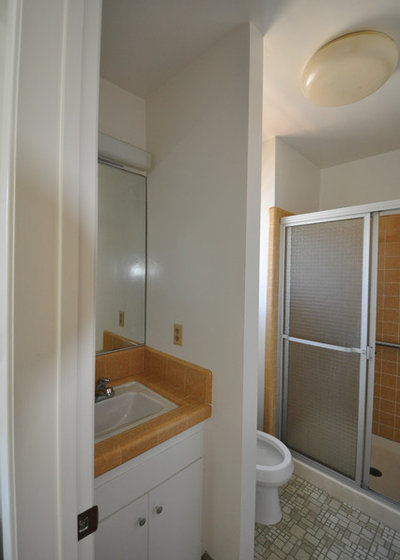
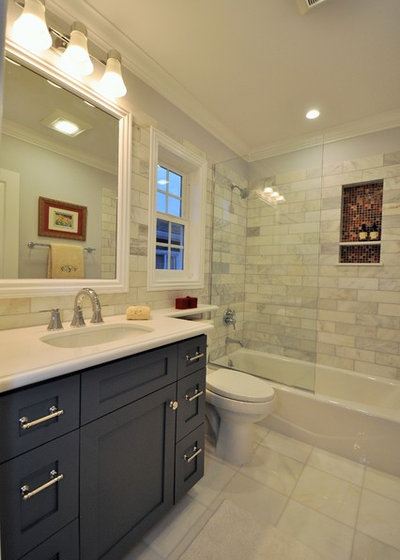
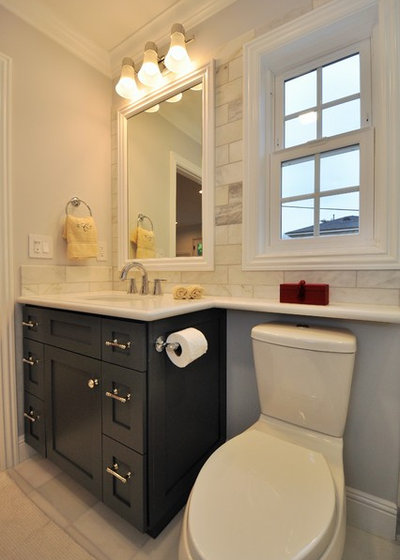
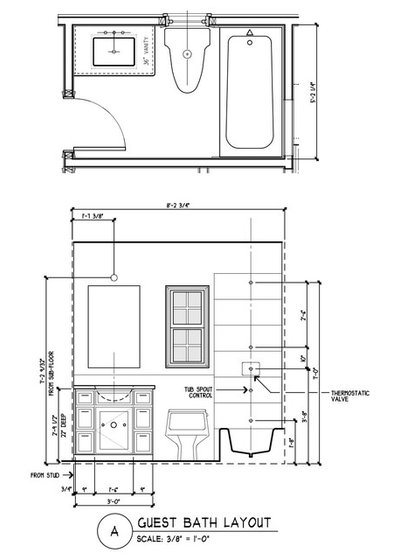
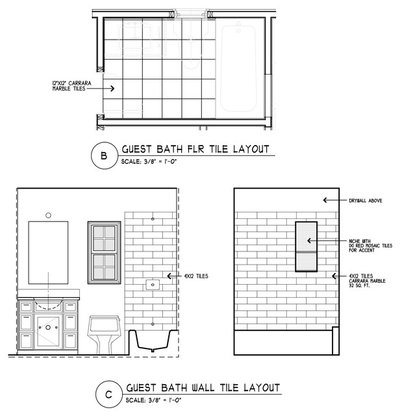
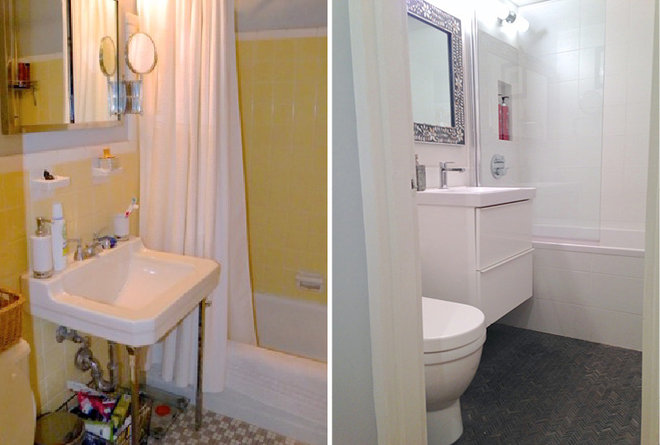
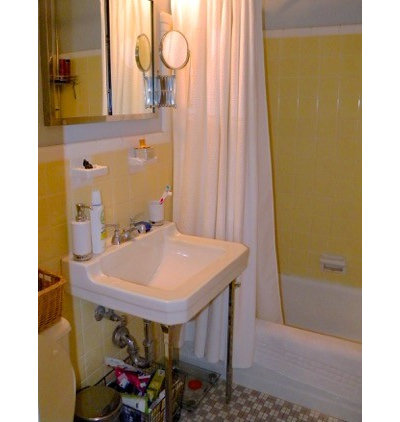
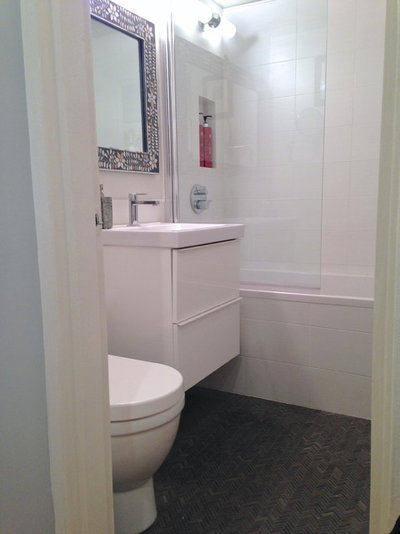
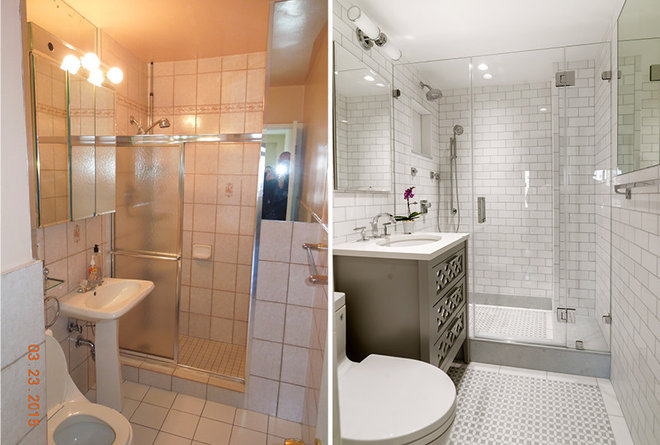
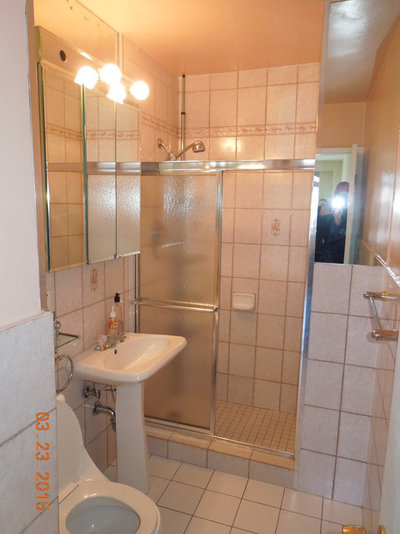
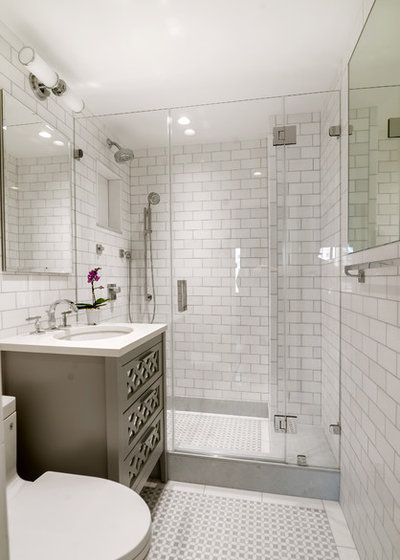
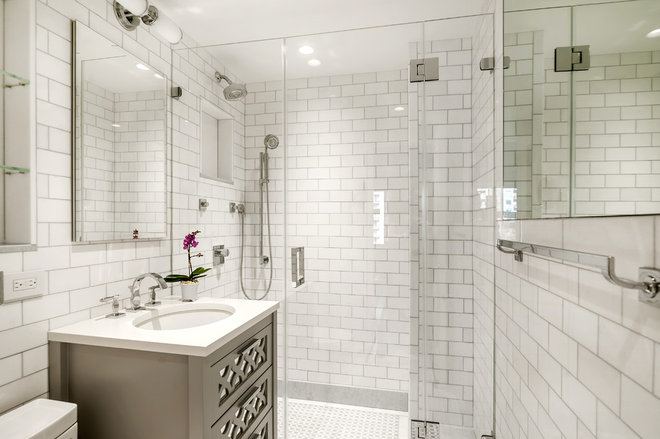

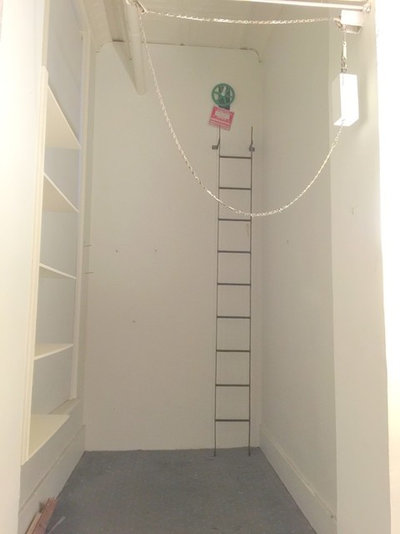
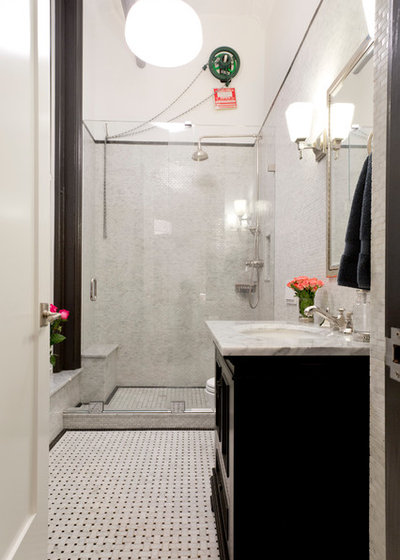
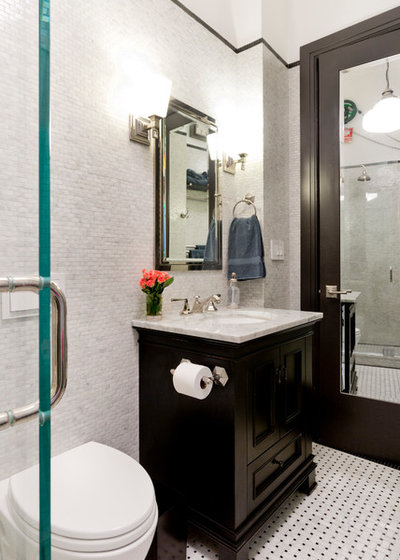
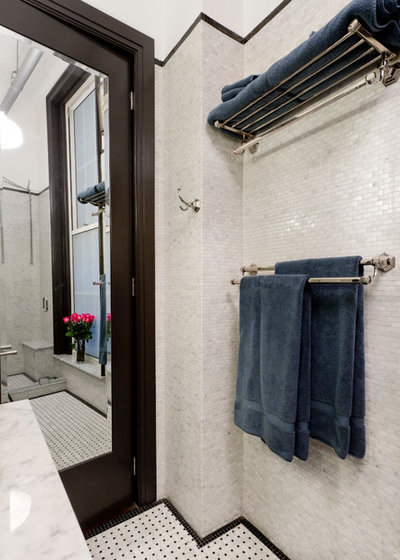
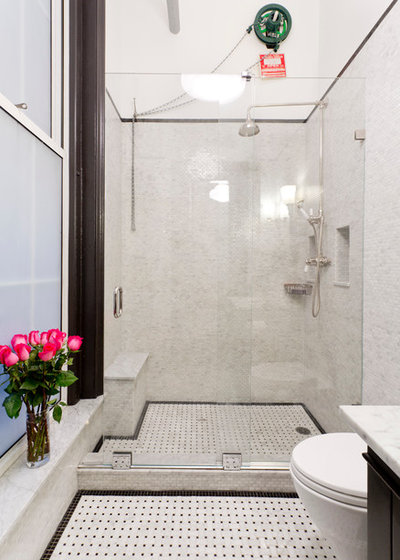
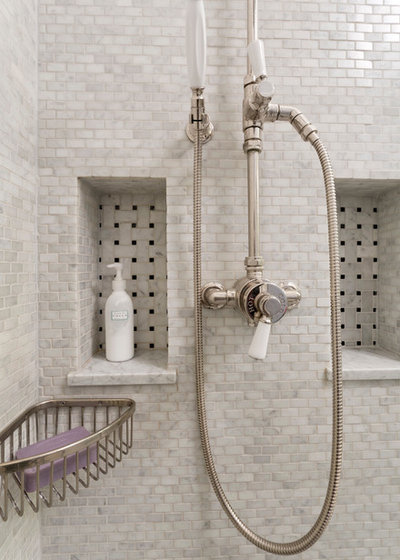
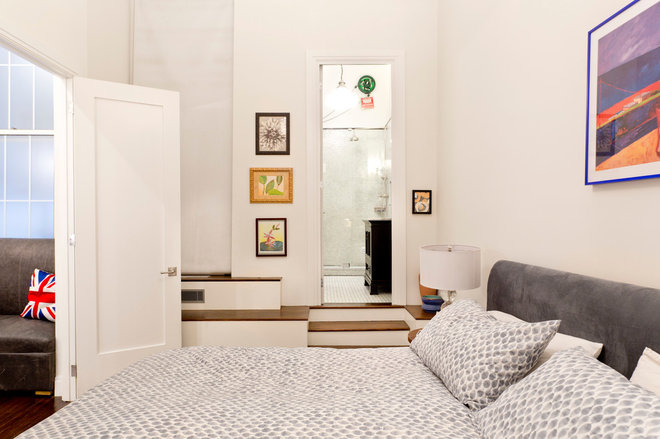
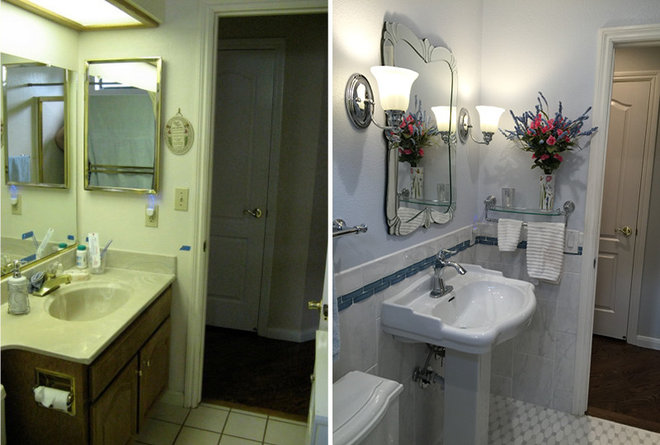
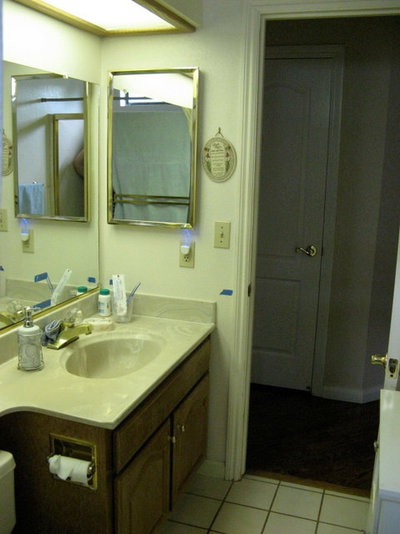
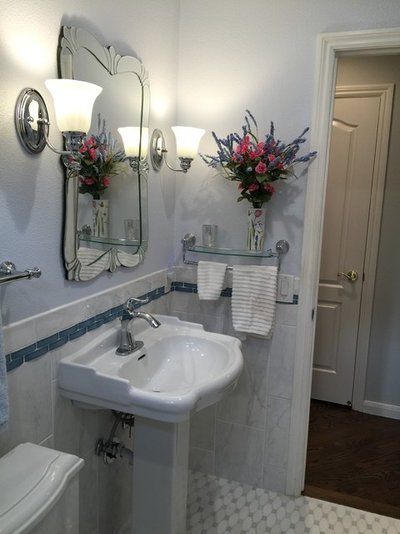
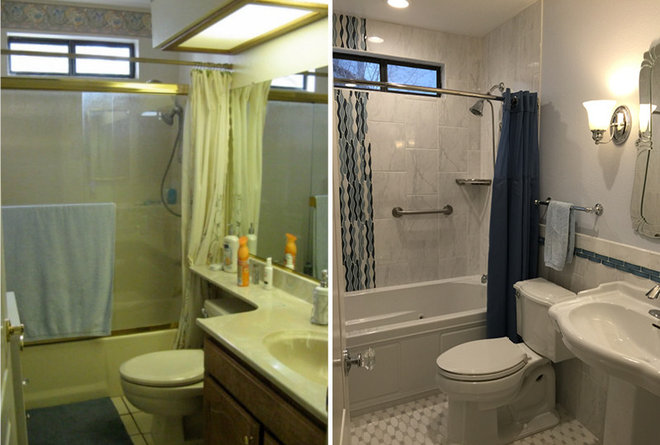
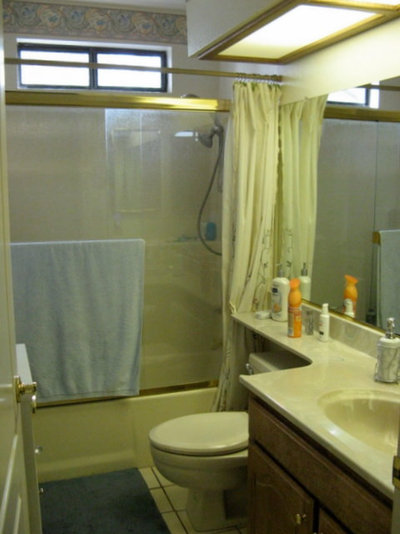
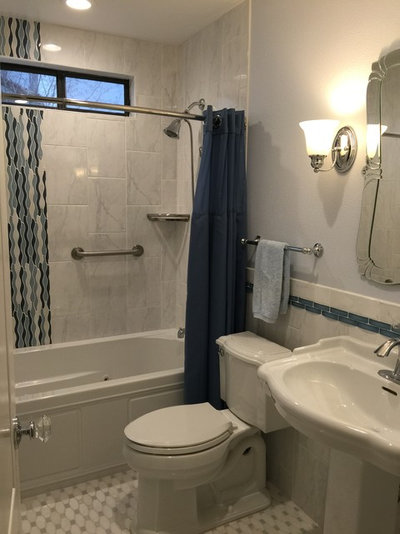
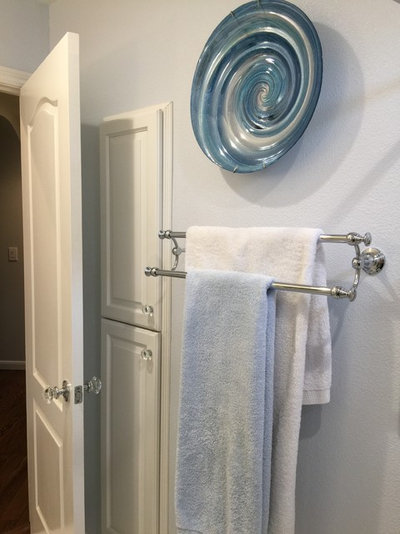





 Power coming from roof-mounted panels, directed into switching and the transformer then feeding into the existing home power supply feed on left.
Power coming from roof-mounted panels, directed into switching and the transformer then feeding into the existing home power supply feed on left.


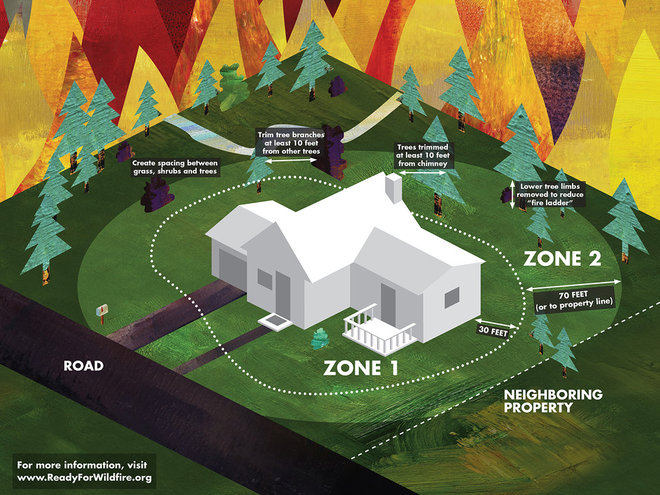


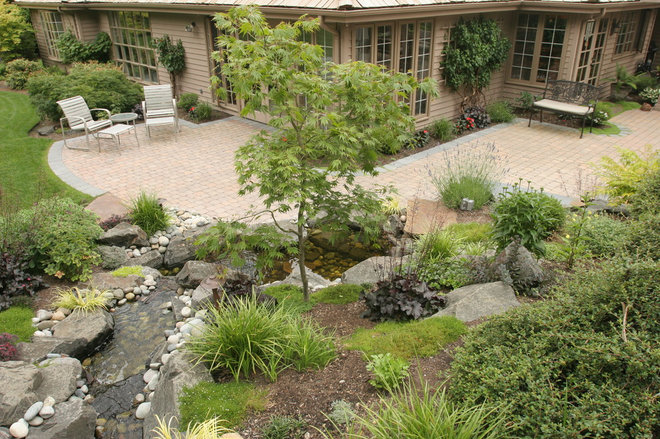
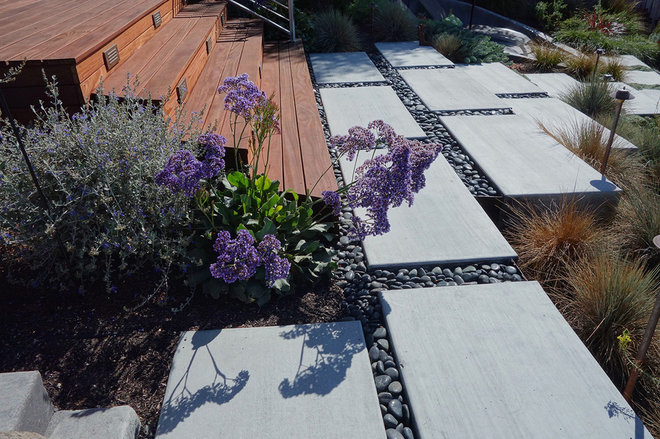





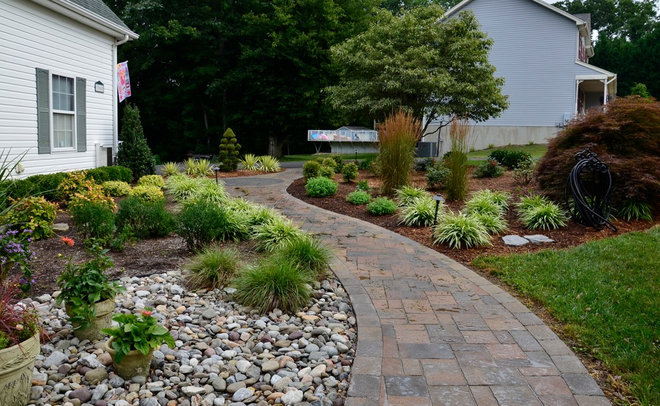
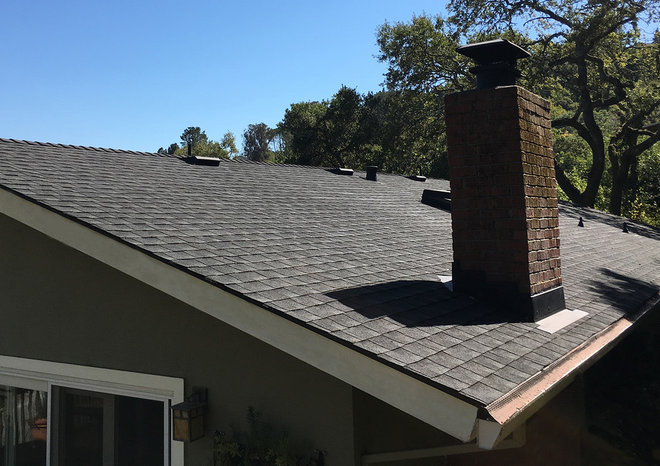



 Photo by
Photo by 

 Photo by
Photo by 

 Photo by
Photo by 


 Photo by
Photo by  Photo by
Photo by 